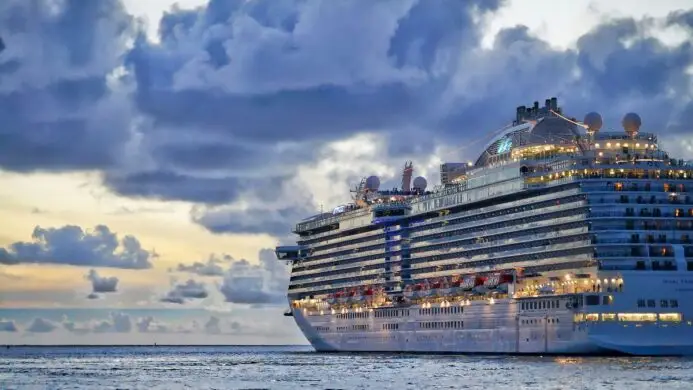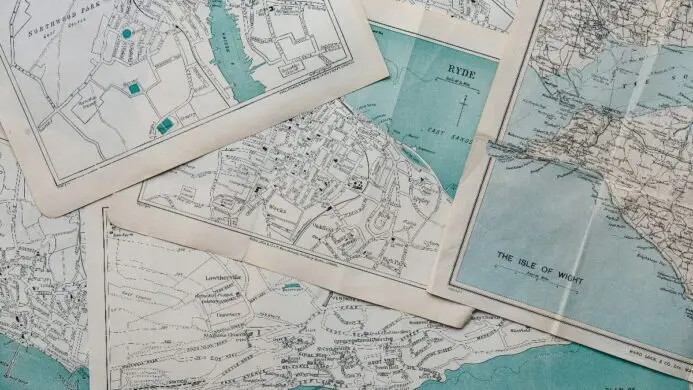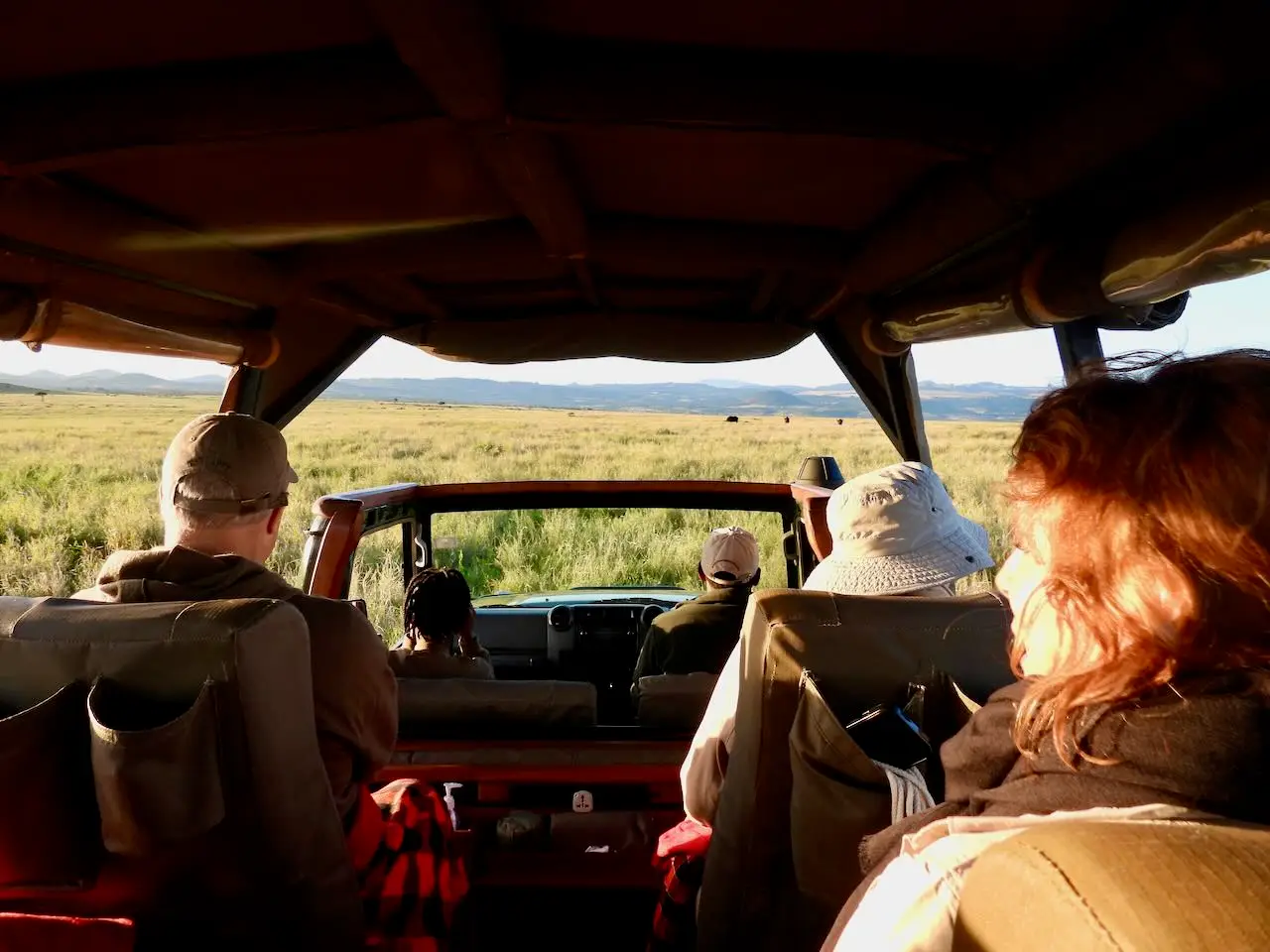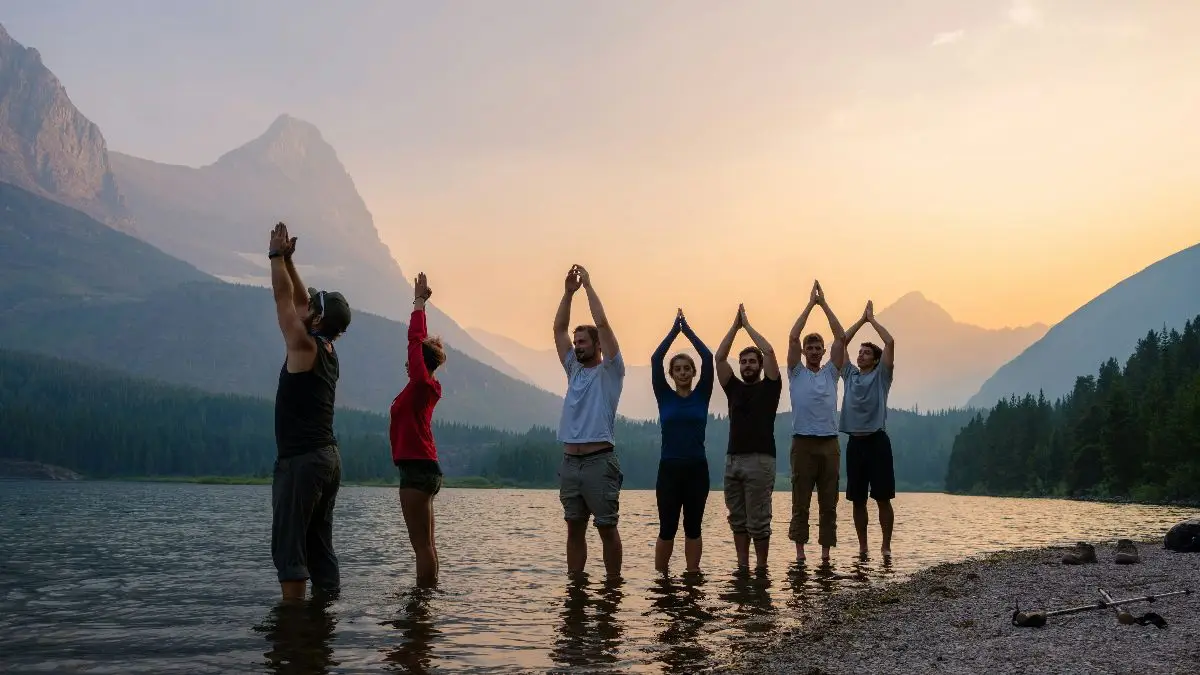Travel Marketing Worst Practices … and How to Do Better
“Send them the same email 100 times until they buy.”
That was the “pearl of wisdom” given to me by a former boss at a global travel company. True story. On my first day. It’s haunted me ever since — a throwback to a different era. Unfortunately, this kind of “strategy” still pops up far too often in the travel industry.
So here’s my rant about the most egregious mistakes I’ve seen, along with tips and tools to help you avoid them and do it better. Consider it your all-in-one guide to travel marketing best practices.
1. Focus on Database Size, Not Lead Quality
One company I worked at boasted about their giant database but struggled to hit booking targets. Why? A deep dive showed that many of their contacts came from a sweepstakes run more than five years ago.
The leads included:
- People who couldn’t afford a $12,000 vacation
- Kids who wanted a freebie
- Retirees uninterested in active expeditions
None had opened emails, booked trips, or shown engagement for five years. Yet leadership panicked when I suggested deleting them — despite the fact that many database vendors charge for storage. Why pay to store dead leads?
A large, unqualified list creates a false sense of success while dragging down real performance (like open rates and conversion). Storing disengaged leads can also waste money and skew reporting).
Do it better:
- Apply a Recency-Frequency-Engagement (RFE) model to assess all the leads in your database
- Clean and qualify your database regularly. Implement routine list hygiene — remove inactive contacts, segment by interest or intent, and use re-engagement campaigns to test if dormant leads still care about you. Quality leads drive results; dead weight just costs money and hurts deliverability.
2. Talk About Nothing But Yourself
Is your only content the founder’s vision or recap of your company’s 20 year heritage? Great for your B2B deck, but not for your marketing to travelers. Travel brands often center their messaging around themselves — founder stories, company milestones — rather than what the traveler actually cares about: value, uniqueness, and experience.
In travel marketing, you should focus on answering prospective traveler questions like:
- What’s in it for ME?
- How is an experience with you different from others?
- Why should I travel with you?
- Tell me about the destinations you travel to
Do it better:
- Flip the script. Frame your brand story around the traveler’s transformation. Instead of saying, “We’ve flown millions of passengers,” say, “Here’s how travelers like you found hidden gems with us.”
- Focus less on your resume, and more on the traveler’s journey
- Lead with benefits, not bios. Craft content that speaks directly to traveler needs — like stress-free connections, insider-only experiences, or real-time convenience. Use testimonials, trip itineraries, or day-in-the-life stories to make it tangible.
3. Ignore Them Until They Buy
Engagement is not a light switch. If you ghost travelers between bookings, don’t expect loyalty.
Do it better:
- Travel marketing should be content based and engaging
- Talk to them even when they’re not in the market. Build a content-driven email nurture series that delivers ongoing value
- Give them in-depth content about a special destination that only your brand offers
- Invite them into your world. Make your brand part of their lifestyle, not just their travel plans. Share behind-the-scenes stories, local expert tips, featured team members, or traveler spotlights through social media and newsletters. This keeps your brand relevant and builds an emotional connection — even when they’re not actively planning a trip

4. Use the Phrase “An Experience Like No Other”
This phrase is used to sell everything — from luxury tours to packaged coffee. It’s vague, tired, and meaningless.
Do it better:
Show, don’t tell. Instead of claiming your trip is one-of-a-kind, explain why:
- Share details about your educational programs
- Highlight unique spa experiences with sensory detail
- Create a video that demonstrates your brand’s travel point of view and how the traveler will experience it
- Showcase culinary expertise and the people behind it
5. Skip the Story Behind the Destination
There are some amazing places in the world, but how will travelers know about them without content? I’ve seen dozens of itineraries for places like Svalbard that include nothing beyond a map and trip logistics. There’s so much that’s more interesting, like:
- Facts about polar bears?
- The cultural story of the northern lights?
- Why is the Global Seed Vault located here?
- An authentic wilderness restaurant 90km from town
Do it better:
- Educate and inspire through content, videos, and offline experiences
- Tell stories from the traveler’s perspective
- Make them want to go — and help them understand why your brand is the one to take them there
- Tell them a different story than other brands will focusing on your brand’s specific point of view
- Built content into your travel marketing like a magalogue print format which is a magazine plus a product catalogue
6. Rely on Platitudes and Self-Congratulatory Language
“The leading cruise company in expedition travel.”
“Providing Adventures of a lifetime for over 30 years.”
“We are the most awarded private jet company.”
Yawn. Says who? What does that even mean? What If I want to go more than once? How will I will know you’re telling the truth without giving you my money?
Do it better:
- These are the kind of brand pitches that have readers reaching for the snooze button, because they tell the traveler nothing (except that you think highly of yourself). Instead, explain how their experience is transformed. Your travel marketing should include testimonials, videos, case studies, and storytelling that centers the guest — not your company and its meaningless accolades — in the experience.
- Tell the real story. If your company has 100 years of history and deep cultural expertise, say so in plain, impactful language.
For example:
“Travel like a local. We live here. We work here. And we’ve been navigating these waters since 1857.”

7. Focus Only on the Hardware
Your new ship, plane, or lodge may be impressive — but guests want to know how these features benefit them and improve their travel experience. For example, an expedition ship designed by Rolls Royce may sound impressive, but what’s in it for the traveler?
Do it better:
Your travel marketing should translate features into benefits that directly impact your travelers:
- Hybrid electric ship = quieter wildlife viewing and you can feel good about the environmental impact
- Smaller vessel = access to hidden coves that other cruise lines cannot reach
- Warm indoor vestibule = comfortable gear changes safe from the elements
- Stabilizers = smoother and more comfortable Drake Passage crossing
8. Don’t Give Them a Reason to Return to Your Site
Static brochureware sites with never-changing home pages and no new content don’t inspire trust or repeat visits.
Do it better:
- Add new content weekly or monthly at the very least
- Share stories, behind-the-scenes videos, guest features
- Promote new content through multiple channels like social, email, and video with a link back to your website
- Vary tone and point of view to stay fresh and relevant
- Tell different threads of the same story across multiple content formats: blog, video, social, brochures, and interactive features
- Align content with traveler decision-making stages
Pro Tip: Cute animal stories and photos work. Always.
9. Only Reach Out When You Want Something
If you only reach out to push a sale, don’t expect ongoing engagement or long term loyalty. Unless you make it easy for travelers to reach out on their own terms, what you will get is a transactional customer who will jump at the promise of a better deal..
Do it better:
- Add clear calls to action on all travel marketing communications that link to more information or a request more information link
- Offer interactive tools that guide travelers through the decision process
- Launch an email nurture series for content-driven connection
- Offer content that will keep your audience engaged until they are ready to book
10. Bash Strangers with Email and Brochures
No one wants to be bombarded with brochures. Don’t let your “strategy” be mistaken for harassment. Buying lists or spamming strangers alienates potential customers, violates laws, and makes your brand look like a scam. Perhaps not the brand identity you’re looking for?
One company I audited was sending 46 expensive printed brochures a year to a famous high-net-worth individual — who had never requested them or booked an expedition.
Do it better:
- Grow your list with opt-in offers and content
- Show that you respect their inbox and their privacy by implementing a monthly contact limit. One of the best practices I’ve seen is by Four Seasons, which stricly enforces a monthly “touch limit” so they make their audience feel respected, not stalked

11. Talk to Anyone Who Will Listen
Your product isn’t for everyone, and that is just the reality. If you’re selling a luxury itinerary, you should invest your limited travel marketing dollars in travelers who can afford your product. Pre-qualify your prospects, define the most interested leads, then exercise restraint in getting their attention. Don’t send 157 brochures for a $20,000 Antarctica expedition to someone who clicked on a blog post once.
Do it better:
- Use segmentation to identify your most loyal or most likely to book travelers
- Build a best-customer model that identifies how frequently you will interact with your top leads and what type of support you will provide: high touch, medium touch, or give them the ability to self-serve
- Pre-qualify prospects using third party data or a look-alike model that compares them to your best customers
- If your travel marketing goes to to unqualified leads, send smaller and lower-cost promotional brochures or flyers as a first touch, then provide more detail and glossy brochures upon request
12. Focus Only on Maps and Logistics
Show more than the what. Share the why. Avoid becoming a commoditized booking engine.
Do it better:
- Show the magic through video, photography, and trip updates. Don’t skip the wonder in your travel marketing.
- Create interest and demand by educating travelers about these new and fascinating places. Content is the best way to do this!
13. Don’t Bring Travelers Along for the Ride
Live trip coverage and updates are content gold. Share stories in real time on social media and give travelers tools to share daily updates with their friends and families. Let prospects see what they’re missing — and why they should come next time.
Do it better:
- Provide daily trip updates that travelers can share with friends and family back at home
- Share nature sightings and big experiences on social media
- Give your travelers tools and content that they can share with their connections

14. Stick to the Tried and True
Sending millions of brochures to the same list again and again will not get you different results. You’ll have to use a new travel marketing approach to get new results.
Do it better:
Explore new ways of promotion including:
- Brand partnerships
- Influencer relationships
- Content collaborations
- Community activations in existing communities. I once gained thousands of engaged leads with a brand partnership with Geocaching.com. Read the case study
15. Make Them Come to You
Modern travelers expect brands to meet them where they are — Instagram, travel blogs, YouTube, media they’re already consuming, and newsletters in their inbox.
Do it better:
- Sponsored content should inform and inspire, not just sell. Focus on destinations, travel stories, and brand experiences over itineraries and price tags
- Promote a call to action to subscribe or follow; establish an ongoing relationship, then you will have plenty of time to sell
- Stop their scroll with engaging and valuable content even before they book
16. Never Talk to Past Travelers Again
Your best leads and most powerful referral source are your past customers. But you need to keep your brand top of mind so they don’t get lured away by another brand who shows them more love. Continue a regular conversation tailored to your past travelers through a past traveler newsletter or special edition content and experiences.
Do it better:
- Get to know your best customers
- Track preferences and engagement
- Personalize offers and content
- Create a referral and rewards program
- Create special insider content just for them to make them feel valued
- Give them tools to help share your stories with their friends and family

17. Expect Marriage on the First Date
I often liken marketing to the dating process. Take your time, introduce yourself, and get to know each other. It’s creepy to hear “Hi, nice to meet you. Will you marry me?,” yet many travel brands pursue a similar travel marketing strategy. Most travel bookings could take up to 6–24 months to materialize. If you haven’t built trust and familiarity, don’t expect a conversion.
Do it better:
- Warm them up with some stories
- Get to know them before asking to seal the deal
- Develop helpful travel content like destination spotlights, travel tips, and how-to information to nurture the relationship over time
- Provide value with every interaction to start to build trust
- Exercise restraint with your travel marketing. Yes, you need to make them aware of your products, but you also need to provide relevant, engaging, and helpful information that will sustain their interest before they’re ready to purchase.
18. Become an Order Taker
If you only handle inbound leads, you’re missing huge opportunities. I once handed 500 handraisers who had requested more information to a sales team. They never made one outbound call. Don’t squander your precious handraisers.
Do it better:
- When people request information, follow up — personally, promptly, and thoughtfully
- Always try to add some value like a destination tip or story, video snippet, travel advice, or entertaining fact
- Listen to their needs and tailor your response to it, rather than telling them what you think they need to hear





